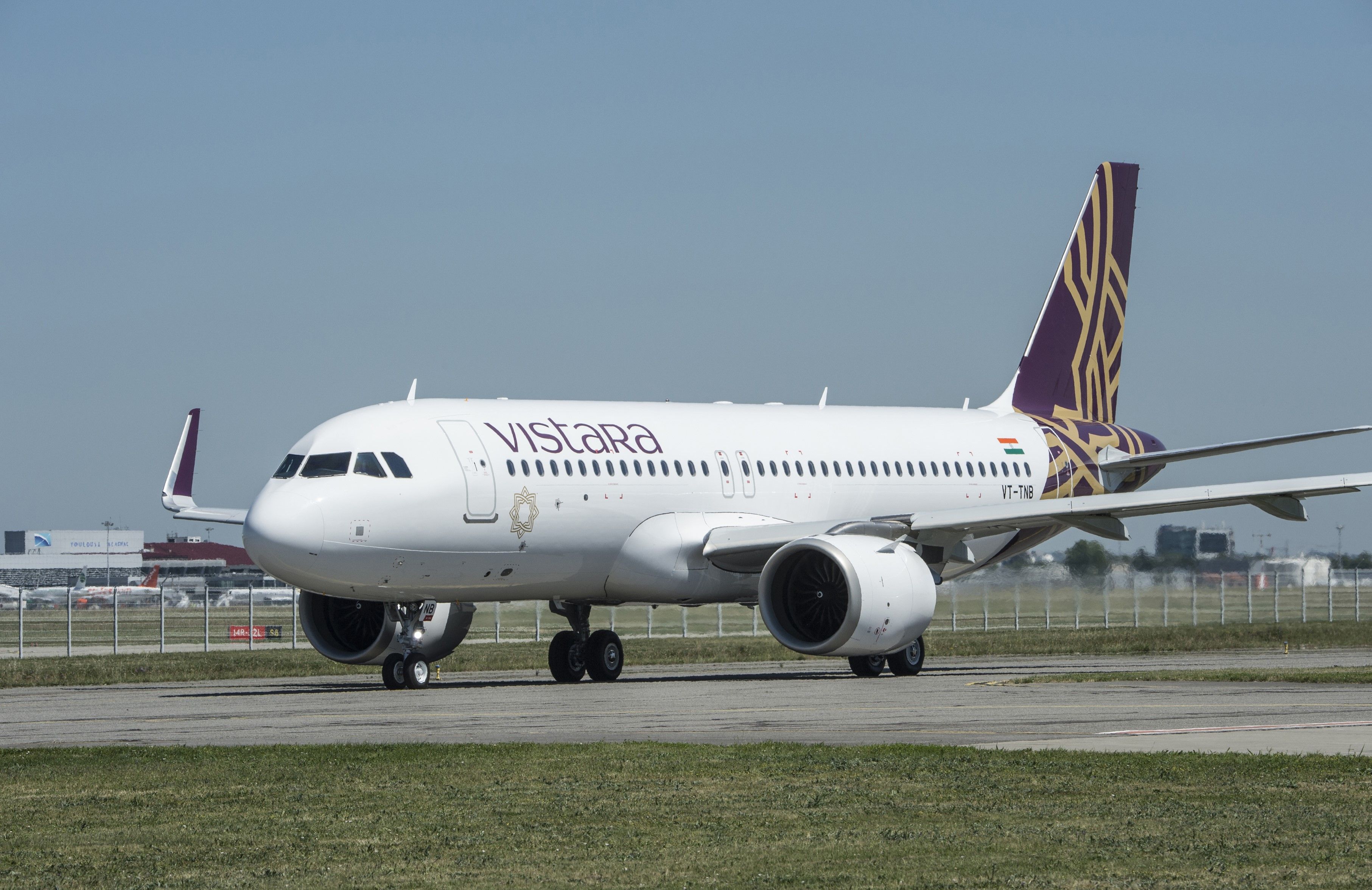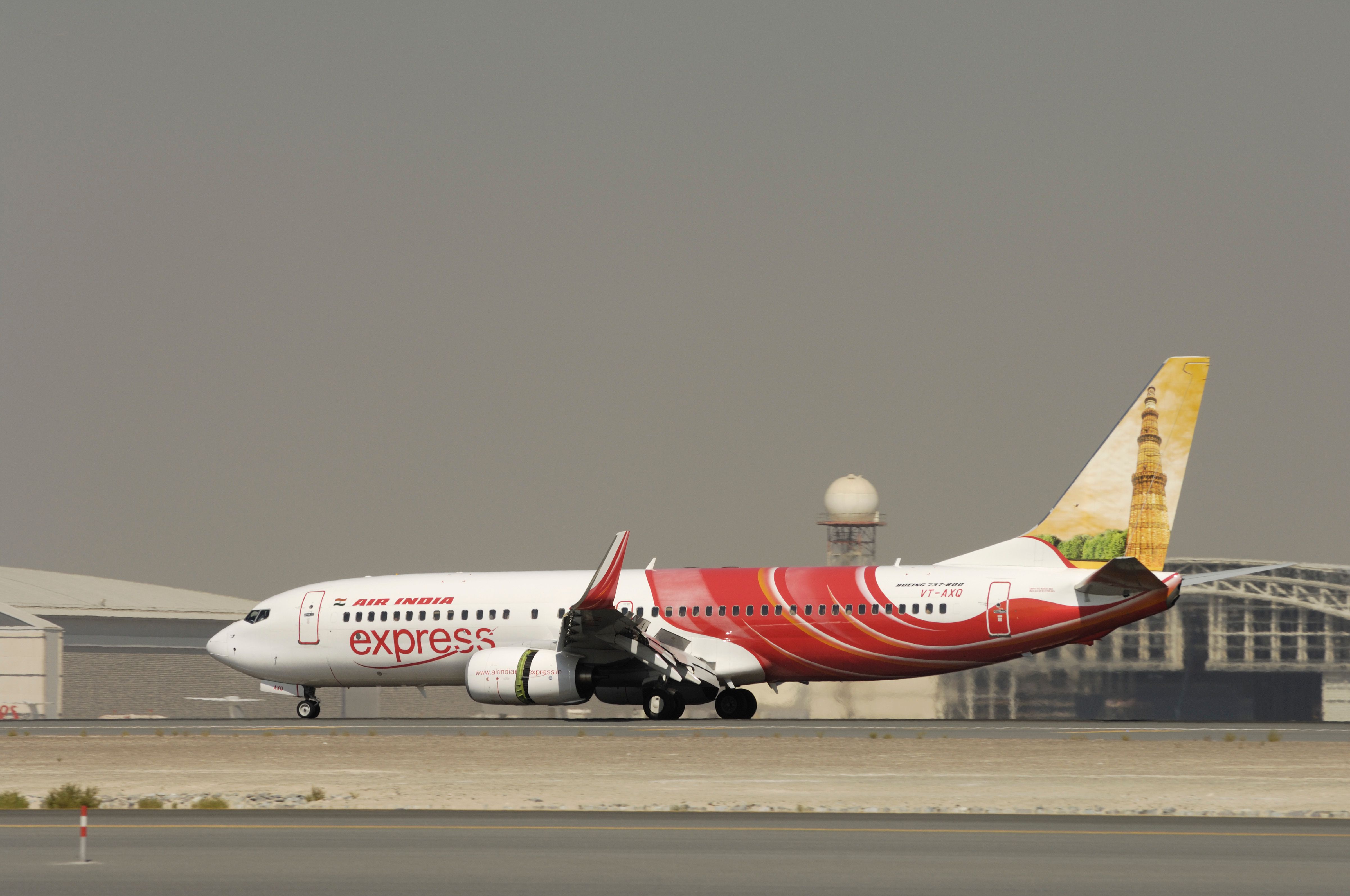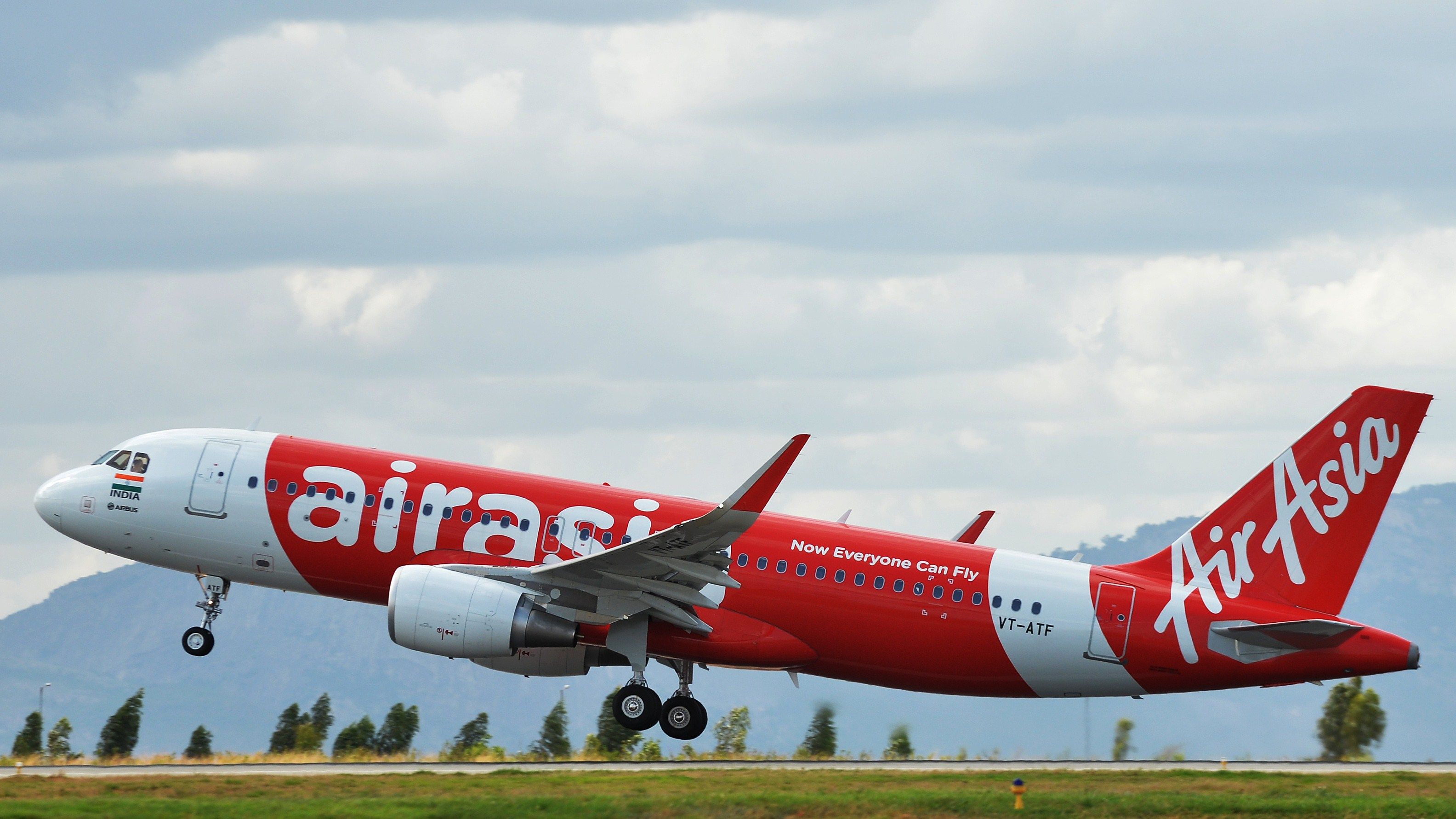The Tata Group’s plans to bring its airlines closer got a further boost yesterday when the Competition Commission of India (CCI) approved its plans to buy the entire equity share capital of AirAsia India. This gives it a free hand to plan any potential merger of the carrier (most likely with AI Express) in the days to come.
Then there’s Air India and Vistara, two full-service carriers that seem almost destined to fuse operations in the future. While we are yet to hear any official word regarding the speculated mergers from the conglomerate, media reports and developments in the last few months give us some idea of the road ahead.
Good start, but plenty to do
The Tata Group’s acquisition of Air India in January 2022 was wrapped in a blend of business-rooted decisions as well as the sentimental appeal of bringing the airline back to the company that founded it in the 1930s. But as the initial euphoria subsided, talks about how the group will manage four airlines in a tough Indian market began swirling around.
With four carriers under its belt – Air India, Vistara, AirAsia India, and Air India Express – the Tatas found themselves in possession of more than 230 airplanes of mixed fleet and sky-high hopes of Indians who wanted to see Air India flourish again.
Balancing act
Talks about possible synergies among the Tata airlines began even before the official handover of Air India. The most probable union seemed between Air India and Vistara for a unified FSC, and AirAsia India and Air India Express for a consolidated budget entity.
But bringing these entities together requires taking several key decisions. With Air India and Vistara, the Tatas might have it easy integrating their fleet, which more or less mirror each other (with some exceptions). But various other factors could pose challenges.
Vistara is jointly owned by Singapore Airlines, which remained quite bullish about its prospects in India. But all that has changed with Air India now in the picture. Currently, the merger depends on whether the Tatas can convince Singapore’s Competition Commission about the cleanliness of the deal.
Follow Simple Flying for all the latest aviation news.
And while it’s easy to merge the fleet of two different carriers, the same can’t be said about the management. Before the Tatas took over, Air India had been dragged around for years due to mismanagement and general apathy. Vistara comes from a different culture, with the backing of famous brand names and a focus on efficiency (although it has had its share of slips along the way). Already the parallel movement of some of its top executives and the retirement scheme of Air India have made several Vistara employees nervous. However, the group is confident of ironing out these teething issues.
With AI Express and AirAsia India, the bigger challenge comes from fleet integration. While the combined fleet strength of both carriers at more than 55 will instantly propel it ahead of Go First, the former operates an all-Boeing 737 fleet, and the latter relies on the Airbus A320 family of airplanes. Could a mix of two airplane types possibly hinder the low-cost ethos of both carriers?
Going forward, AI Express is looking to add several more planes in the next five years. It remains to be seen whether a consolidated product of the two carriers will phase out one aircraft type in favor of the other or will go ahead with both types, just like IndiGo and SpiceJet.
The road to profitability
Ultimately, the mergers will be done keeping in mind the future profits. There’s plenty to keep the Tata Group on its toes. The challenges posed by the seemingly unassailable dominance of IndiGo in the domestic market and the superior services of many foreign carriers mean that the conglomerate has its task cut out for it.
Things are only going to get more complex and the skies more crowded with the entry of Jet Airways and Akasa Air. Both airlines are hungry for passengers and just as ambitious with their future expansion plans.
Nobody expected it to be a cakewalk for the Tatas, but hopefully, with careful planning and sound decisions, it can juggle its low-cost and full-service aviation enterprises successfully.

.jpg)
-1.jpg)


